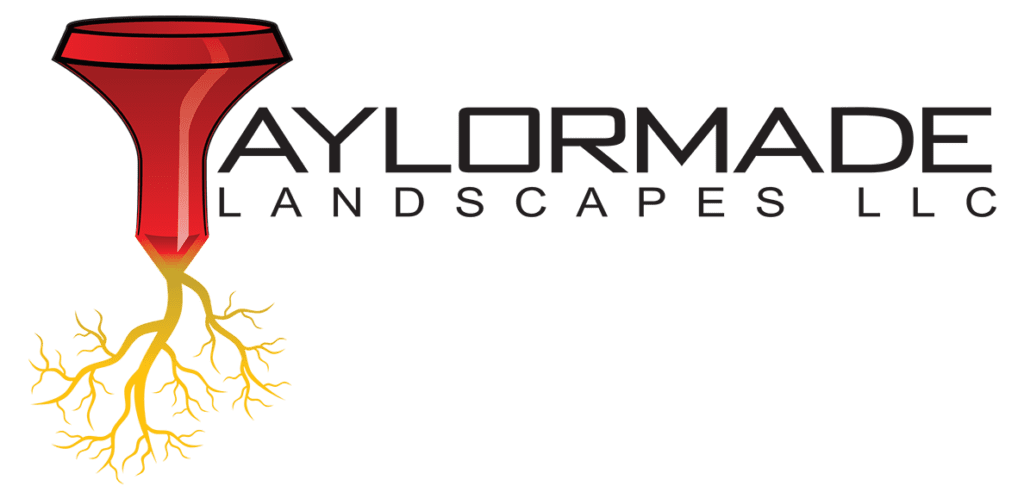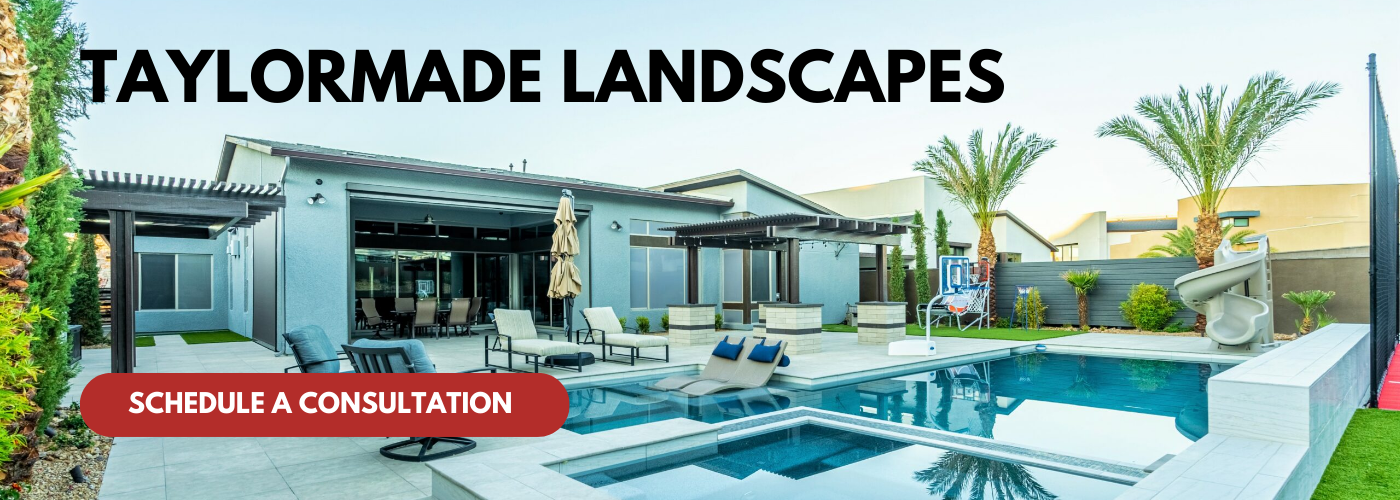As we step into 2025, the architectural landscape is evolving rapidly, with innovative hardscape designs taking center stage in outdoor aesthetics. The interplay of light and space is becoming increasingly pronounced, demonstrating that a well-considered lighting scheme can elevate hardscape elements from mere functionality to stunning artistry. Designers and landscape architects are now harnessing the power of advanced lighting technologies to create dynamic outdoor environments that not only enhance visual appeal but also boost safety, usability, and ambiance.
In this ever-evolving field, lighting options are not merely supplementary; they are integral to the conceptualization and execution of hardscape projects. From LED fixtures embedded in walkways to programmable outdoor lighting systems that shift in intensity and color, the choices available are vast and versatile. These lighting applications do more than illuminate; they shape perceptions, define spaces, and establish moods, guiding users through outdoor environments in new and engaging ways. The integration of smart technology further enriches this experience, allowing for personalized lighting solutions that adapt to the actions and preferences of individuals.
As urbanization and outdoor living spaces continue to transform, understanding how lighting influences hardscape design is essential for creating sustainable and aesthetically pleasing environments. This article delves into the symbiotic relationship between lighting technologies and hardscape elements, exploring emerging trends, innovative materials, and the implications for future design practices. We will examine key lighting strategies utilized by designers in 2025, highlighting case studies that showcase the effective integration of light and landscape, and ultimately, revealing how the right lighting choices can amplify the potential of hardscape designs to foster community, promote well-being, and inspire interaction with the natural world.
Smart lighting technology integration
The integration of smart lighting technology into hardscape designs represents a significant shift towards creating more dynamic and responsive outdoor spaces. In 2025, this technology has advanced to a point where landscapes can be programmed to adapt their illumination based on time, weather conditions, or even the presence of people. This integration involves systems that can be controlled remotely via smartphones or automated to respond to environmental sensors. For instance, smart lighting can automatically adjust brightness levels as dusk falls or enhance illumination during rainy conditions, enhancing both aesthetics and safety.
The impact of smart lighting technology on hardscape design is profound. Designers now have the ability to craft visually stunning environments that can shift in appearance throughout the day and night. For example, walkways and patios can be subtly illuminated to highlight path features while also creating a welcoming ambiance. This adds a layer of interactivity to spaces where people gather, encouraging longer use in the evening hours. Moreover, smart lighting can serve specific functions, such as altering colors or patterns for events or festivals, making hardscapes more versatile for various functions.
Additionally, environmental considerations play a crucial role in the design of smart lighting solutions in hardscapes. In an era where sustainability is paramount, the capability to use data for optimizing energy consumption means that designers can significantly reduce waste. Smart fixtures can utilize LED technology, providing energy-efficient lighting solutions that align with current sustainable practices. Furthermore, integrating smart timers and motion sensors can ensure lights are only on when needed, reducing unnecessary energy usage. In 2025, such advancements signify a harmonious blend between aesthetic appeal, technology, and environmental responsibility, establishing smart lighting as an essential element of modern hardscaping.
Energy-efficient lighting solutions
Energy-efficient lighting solutions are becoming increasingly integral to hardscape designs, particularly as we move toward the year 2025. With the growing emphasis on sustainability and reducing carbon footprints, these lighting solutions offer not just ecological benefits but also economic advantages. The shift to energy-efficient options such as LED lights and solar-powered fixtures is made possible by advances in technology that ensure these systems provide high illumination levels while utilizing minimal energy. This reduces operational costs for property owners and promotes an environmentally responsible approach to outdoor design.
Incorporating energy-efficient lighting into hardscape designs also means a broader range of creative possibilities for landscape architects and designers. Well-designed outdoor spaces often utilize lighting to enhance the features of hardscapes, such as pathways, patios, and retaining walls. Task-based lighting, which illuminates specific areas, can be combined with ambient lighting that creates an overall atmosphere. By choosing efficient lighting solutions, designers can achieve these effects while ensuring that they are less reliant on traditional power sources. This balance between functionality and creativity allows for innovative designs that minimize energy consumption and maximize aesthetic appeal.
Moreover, the trend toward energy-efficient lighting solutions is closely tied to the growing awareness of climate change and resource depletion. As municipalities and communities place stricter regulations on energy use, hardscape initiatives that incorporate these lighting solutions can be more viable. Properties equipped with energy-efficient lighting can achieve green certifications, making them more appealing to potential buyers or tenants. As technology continues to evolve, we can anticipate even more efficient products entering the market, along with potentially new designs and features that aid in energy conservation while enhancing hardscape aesthetics. As a result, energy-efficient lighting will play a crucial role in shaping the outdoor environments of the future, influencing everything from practical illumination to the overall experience of spaces around homes and businesses.
Aesthetic effects of lighting on hardscapes
The aesthetic effects of lighting on hardscapes play a pivotal role in enhancing outdoor spaces, particularly in modern designs that prioritize both beauty and functionality. In 2025, the integration of innovative lighting solutions is expected to redefine how we perceive hardscapes, such as patios, walkways, and garden features. Lighting not only serves practical purposes—such as illuminating spaces for safe navigation—but also contributes to the overall ambience and visual appeal of outdoor environments.
One of the key trends in 2025 is the use of layered lighting, which involves combining different types of lights to create depth and texture. For instance, soft ambient lighting can wash over hardscape surfaces, highlighting the materials and colors involved, while accent lighting can be strategically placed to draw attention to specific features like stone pathways, water elements, or architectural details. This multifaceted approach creates a dynamic experience, allowing outdoor spaces to be appreciated both during the day and at night. By using various light sources—such as LED strips, uplighting, and recessed fixtures—designers can craft visually stunning landscapes that invite exploration and enjoyment after sunset.
Moreover, smart lighting technology is being increasingly adopted to enhance these aesthetic effects. With programmable options, homeowners can adjust brightness, color, and patterns to suit different moods, events, or seasonal changes. For example, during a summer gathering, warm tones can create an inviting atmosphere, while cooler tones might be preferred for nighttime relaxation. As outdoor living spaces continue to serve as extensions of the home, the ability to customize lighting settings will add a level of personal touch and creativity previously unseen.
In summary, the aesthetic effects of lighting on hardscapes in 2025 will reflect a harmonious blend of technology and design sensibility. By utilizing innovative techniques and versatile smart technologies, outdoor spaces can be transformed into enchanting environments that not only enhance the beauty of hardscape materials but also enrich the user experience, ultimately redefining how we interact with the outdoor landscapes around us.
Safety and security enhancements through lighting
In 2025, the role of lighting in hardscape designs has shifted significantly, placing a strong emphasis on enhancing safety and security in outdoor spaces. Proper lighting is essential in deterring crime and promoting the safe navigation of pathways, patios, and outdoor living areas. Well-lit environments allow homeowners to maximize their outdoor spaces for both leisure and gatherings, while also instilling a sense of security. This trend has led to the innovative integration of lighting into hardscapes, where illumination is not merely an afterthought but a fundamental design element.
The advancements in smart lighting technology have further augmented safety and security in outdoor designs. Smart lighting systems can be tailored to activate based on motion sensors, ensuring that areas are illuminated only when necessary. This not only conserves energy but also brings peace of mind to homeowners. For example, pathways leading to a home can be equipped with strategically placed lights that automatically brighten when someone approaches, illuminating the route and deterring any unwanted visitors. Additionally, with the rise of remote monitoring and control, homeowners gain the ability to manage their outdoor lighting from anywhere—an invaluable tool for enhancing security when traveling or during extended absences.
Aesthetically, lighting can be designed to highlight features within hardscapes while also ensuring safe navigation. Effective placement of lights along steps, walls, and borders can both enhance the beauty of landscaping while preventing accidents. Designers are increasingly employing layered lighting techniques that combine ambient, task, and accent lighting to create safe yet inviting settings. In 2025, the use of LED technology allows for sophisticated designs, including color-changing lights and adjustable brightness levels, contributing to overall safety while also creating a warm and welcoming ambiance.
Moreover, safety and security enhancements through lighting also encompass community spaces. As neighborhoods and public areas integrate advanced lighting systems, these enhancements promote a sense of community by providing safer environments for social interaction. Total illumination of parks, sidewalks, and gathering spaces encourages residents to engage with their surroundings, ultimately fostering a vibrant community atmosphere. Through thoughtful design and the integration of cutting-edge lighting solutions, safety becomes an essential pillar of hardscape development in 2025, ensuring that outdoor spaces are both beautiful and secure.
Sustainable lighting practices in outdoor design
Sustainable lighting practices in outdoor design are increasingly becoming a focal point as communities and landscape architects seek to balance functional lighting with environmental responsibility. With the pressing need to combat climate change and reduce energy consumption, the integration of sustainable lighting solutions plays a pivotal role in hardscape design. These practices not only aim to minimize the ecological footprint but also enhance the aesthetic and functional aspects of outdoor spaces.
In 2025, one of the most impactful trends is the use of solar-powered lighting fixtures, which utilize renewable energy to illuminate outdoor areas. This not only reduces reliance on traditional energy sources but can also lower operational costs associated with outdoor lighting. Additionally, advancements in solar technology have made it possible for these fixtures to provide more reliable brightness levels, making them suitable for diverse hardscape applications—from pathways and seating areas to public parks and commercial spaces. Moreover, incorporating light-emitting diode (LED) technology into outdoor lighting solutions serves dual purposes: it significantly reduces energy consumption and extends the lifespan of lighting fixtures, further promoting sustainability.
Furthermore, the use of smart lighting systems that adapt to their surroundings is gaining traction. These systems can be programmed to dim or brighten based on environmental factors like daylight levels or pedestrian activity. This not only conserves energy but also enhances the ambiance of outdoor spaces by ensuring optimal visibility without overwhelming brightness. For instance, in densely populated areas, smart lighting can help manage light pollution, which is critical for preserving nocturnal wildlife and maintaining natural ecosystems. As sustainable practices continue to shape future designs, lighting solutions will be tailored to minimize their impact on both the environment and urban infrastructures, encouraging thoughtful and responsible outdoor living spaces.
In summary, sustainable lighting practices are set to become a cornerstone of hardscape design in 2025. Through the integration of solar energy, energy-efficient technologies like LEDs, and adaptable smart systems, designers are not just creating visually appealing environments but are also prioritizing ecological stewardship and responsible resource usage. As these trends evolve, they will redefine how we conceptualize outdoor spaces, reflecting a commitment to sustainability that resonates with current and future generations.



